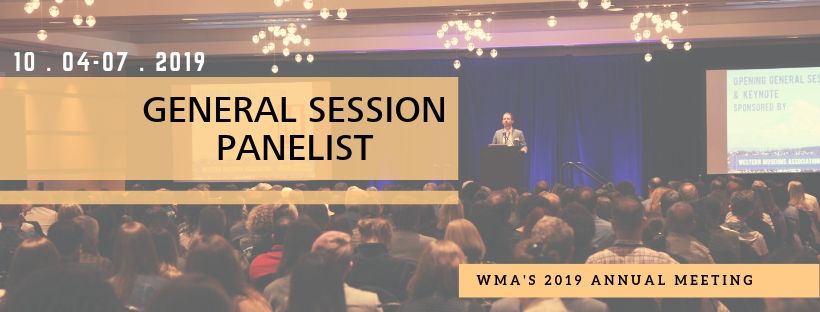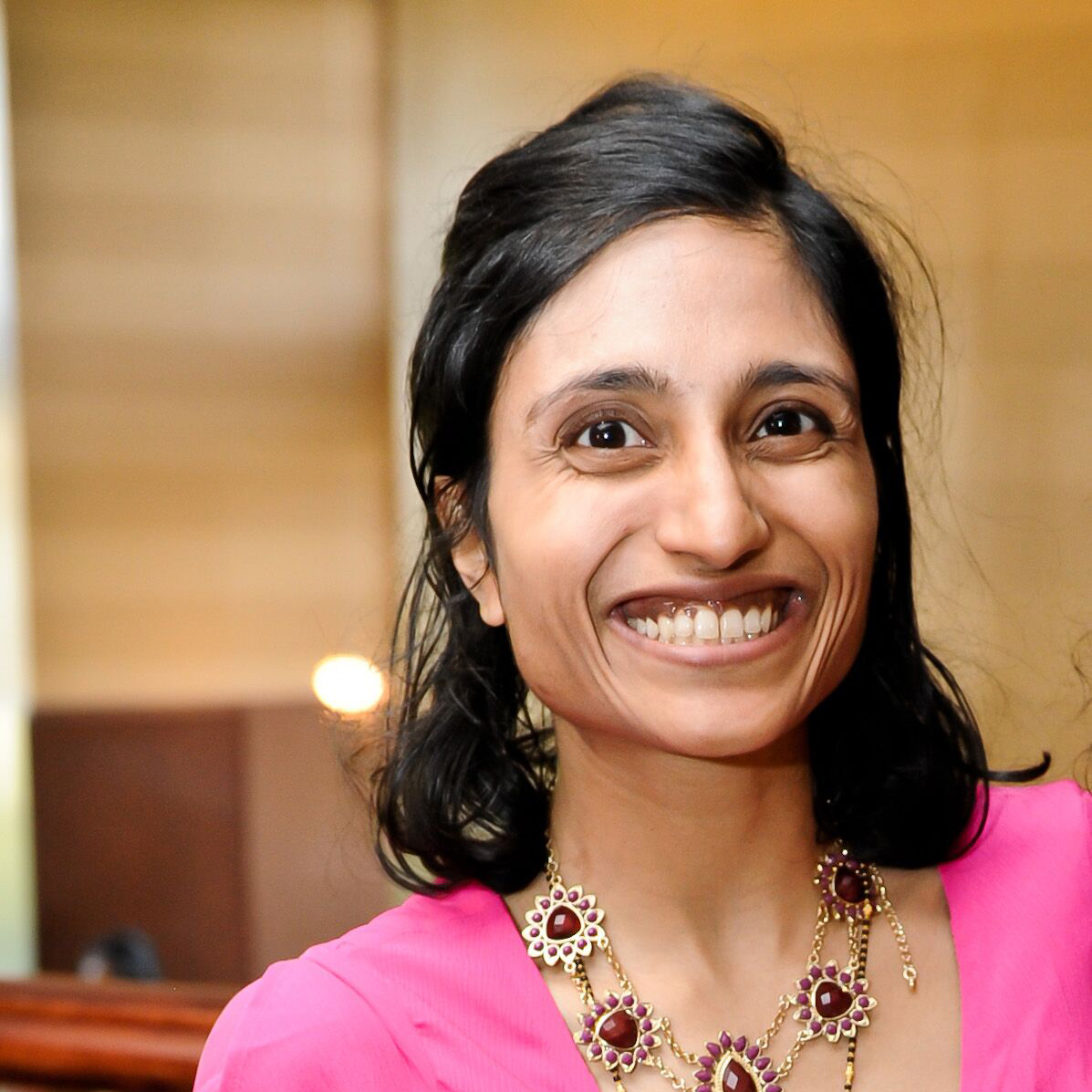
Moderated by Scott Stulen, Director & President of the Philbrook Museum of Art, WMA's 2019 General Session Panelists will share their approaches to institutional change, digging deep into the ways museums can ENGAGE with their communities, staff, and other museums.
The 2019 panelists include
Maren Dougherty • Seema Rao • Adam Rozan • Phillip Thompson
To introduce you to the moderator and four panelists, we have asked them to answer a few of our questions.
Take a look to see what Seema Rao has to say:
 Seema Rao
Seema RaoSenior Experience Officer, Akron Art Museum
Seema Rao is the Principal and CEO of Brilliant Idea Studio (BIS) a consulting group that helps museums, non-profits, and libraries. BIS specializes in content development and strategy; change facilitation; and inclusive community. With nearly 20 years of museum experience, Ms. Rao has extensive experience in interpretation and programming from leading content development for all audiences. Ms. Rao led the content development for many digital projects including the innovative Gallery One, Studio Play, and Asian Odyssey. Ms. Rao holds a Master’s degree in Art History from Case Western Reserve University in Cleveland and a Master’s degree in Information Science and User Experience Design.
How did you get your start in museums?
I walked into the Cloisters in high school when I was in the city on a family vacation. I had come by transit and then walked up the hill. I honestly don’t even remember why I went. I think I had an art history project for school, perhaps. I pushed the little door, and there was the Merode Altarpiece. It was exquisite in its manufacture, as if made by unhuman hands. I was alone. No guard. Just me and the space. I wanted to work around such perfection.
As to actually landing a job, I got my first internship because I was at the phone at the right time. I’d applied to intern, and I didn’t hear anything back. So, I called the office. It was around 10:30 in the morning. The woman who answered told me if I could get to the museum by 1, I could have the internship. It turned out I was replacing a few interns who’d been fired in quick succession. Remember this was in the times before the law suits about taking care of interns. I managed to last a couple weeks in that internship, and then a part-time job came up. Eventually, I kept getting more and more responsibility, until I ran a department there 17 years later.
What is your favorite thing about working in the museum field?
The people. All of them. The staff, the visitors, the lovers of museums, and the haters. I just love the idea that a community is so invested in this work and the institutions, whatever their stake. Museum people are fascinating. They make collections more interesting, either through their curatorial work, their interpretation, or if visitors, their take.
What do you think is the most pressing issue that museums are currently facing?
The people, again. We are facing a two-fer problem. People are less likely to go out than ever, preferring to stay at home to stream content. Staff are less likely to put up with poor working conditions to work in our institutions. We are seeing the upper and middle of the working sector getting ready to retire, if they can afford to. Yet, many of the best people who should be stepping into those upper level roles have left the field. This possible staffing challenge comes at a time when we need the best people possible to ensure the future of museum visitors.
Regarding community engagement, what do you think is the most important thing to keep front and center?
It’s not about you. Museums often focus on what they get out of community engagement, but they need to try to focus on what people want and enjoy. We often can’t decenter ourselves or our needs. We filter our ideas through our own norms. Visitors are coming to our spaces on their volition. They are giving us their most previous resource, time. We need to honor our visitors by always making it about them.
What are some tips for museum professionals working with groups from outside the museum?
Allow time to learn to get to know each other. Everyone communicates differently. Half of working together is learning to communicate with each other. Everyone works better when you are actually getting your meaning across. But, learning to understand each other takes time. You need to have repeated contact to acclimate and then grow an understanding of how each other communicates. It’s like learning another language, but in this case it’s about learning how to read between the lines.
Do you have any recommendations for attendees as they prepare for WMA 2019?
I don’t know if I have any specific preparations I can advise. But, I might say you could try honing some of your own skills. I have learned to work better with people by becoming a better listener. I did this by trying hard not to think while people are talking. It’s really hard not to zone out or line-up your next thought. But, if you can really listen, you will get better at working with others.
You can follow Seema Rao on:
Twitter: @artlust • Instagram: @_art_lust_
_____________________________________________________________________________________________________________________________________
Register to attend WMA 2019 in Boise, ID, October 4-7th.
Member Early Bird Registration Deadline is August 2nd.
Not a member? Click here to become a WMA member today!








Add new comment